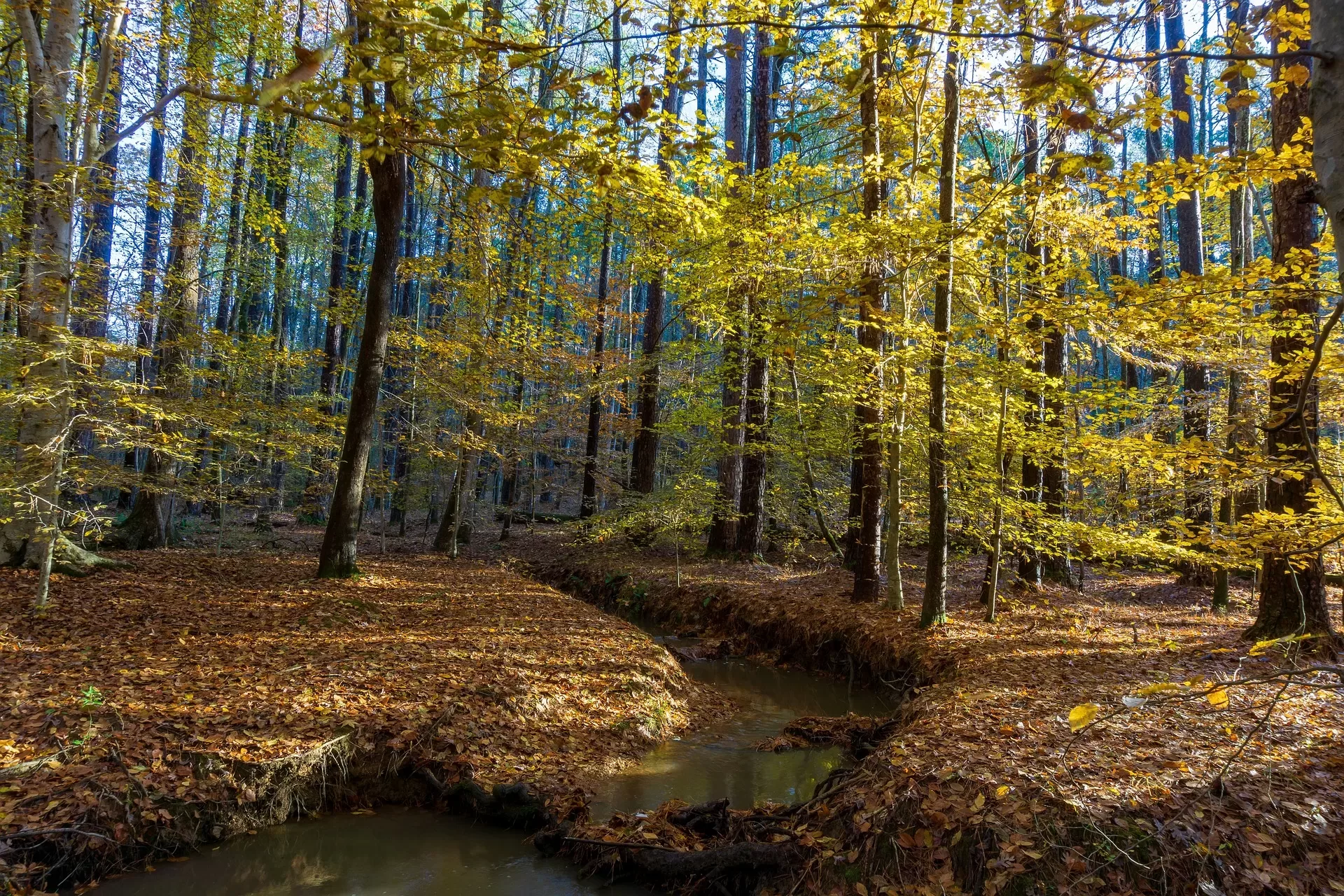Virginia
About Virginia
Virginia is located on the southeastern coast of the United States. Known as the "Old Dominion" because of its status as the first colonial possession established in mainland British America, Virginia is steeped in history and tradition.
Its diverse geography spans from the Atlantic coastline to the mountainous regions of the Appalachians, encompassing bustling cities, charming small towns, and sprawling rural landscapes in between.
Whether you're a history buff, nature enthusiast, foodie, or a family seeking fun and learning experiences, Virginia has something for you.

Fast Facts
- 95 Counties
- Largest Cities: Virginia Beach, Chesapeake, Norfolk
- Population: 8.6 million (2021)
- Size: 42,770 sq. miles (#37 in the U.S.)
FAQs
What part of Virginia should I visit?
If you're a history enthusiast, then you'll definitely want to visit the cities of Jamestown, Williamsburg, and Yorktown, which together form Virginia's Historic Triangle. Here, you can trace the journey of America's early settlers and revolutionaries, and immerse yourself in the recreated colonial and revolutionary-era towns.
If you're more of a nature lover, then the Shenandoah Valley and the Blue Ridge Mountains are must-see destinations. With their stunning vistas, abundant wildlife, and miles of hiking trails, these natural wonders offer a tranquil escape from the hustle and bustle of city life.
For beachgoers, Virginia Beach, with its beautiful beaches, bustling boardwalk, and diverse dining options, is the place to be. There are also lots of other great places to visit along the Virginia Coast, where you can enjoy all sorts of watersports.
And if urban exploration is more your style, then the vibrant cities of Richmond and Alexandria, with their rich history, thriving arts scenes, and diverse culinary offerings, should be on your list.
What is Virginia best known for?
Virginia is home to some of the most important sites in American history, including Jamestown, the first permanent English settlement in North America, and Mount Vernon, the plantation home of George Washington. Virginia’s many museums and historical sites offer a fascinating window into the past, from the colonial era to the Civil War and beyond.
In terms of natural beauty, Virginia is hard to beat. From the breathtaking views along the Blue Ridge Parkway and the picturesque landscapes of the Shenandoah Valley, to the sun-soaked beaches of the Virginia coast, the state offers an array of stunning vistas.Last but not least, Virginia is also known for its mouth-watering cuisine.
Seafood lovers will be thrilled with the fresh catches from the Chesapeake Bay, including the famous Virginia oysters. Virginia’s burgeoning wine industry has been garnering accolades, with its wineries offering beautiful settings for wine tastings and tours. And let’s not forget Virginia ham, a staple of Southern cooking and a must-try for any foodie visiting the state.
Is Richmond, Virginia worth visiting?
Richmond, the capital of Virginia, is most definitely worth a visit. Richmond played a crucial role in the Revolutionary War and served as the capital of the Confederacy during the Civil War. Today, you can explore this history at sites like the Virginia State Capitol, the American Civil War Museum, and the Virginia Museum of History & Culture.
Richmond is also a burgeoning cultural hub, with an energetic arts scene, vibrant nightlife, and a diverse food and drink landscape. From the inspiring exhibits at the Virginia Museum of Fine Arts to the craft breweries of the Scott’s Addition neighborhood, there’s something for everyone in Richmond.
The James River in Richmond runs through the heart of the city, offering city dwellers opportunities for kayaking, paddleboarding, and riverside hiking.
How many days do you need to visit Shenandoah?
The amount of time needed to visit Shenandoah depends on what you want to see and do. However, a three-day visit is usually enough to take in the major sights and enjoy a few hikes.
Shenandoah National Park, the crown jewel of the region, features over 200,000 acres of protected wilderness, stunning waterfalls, and a portion of the famous Appalachian Trail. Spend your days hiking, wildlife spotting, or simply soaking in the stunning views from Skyline Drive, the scenic roadway that winds through the park.
In addition to the national park, the Shenandoah Valley is home to charming small towns, historic sites, and beautiful wineries. These attractions can easily fill another day or two, offering a balanced itinerary of outdoor adventure and cultural exploration.
What is the best month to go to Virginia Beach?
If you're planning a trip to Virginia Beach, one of the best times to visit is from late May to early September, when the weather is warm and all the attractions are open. June, July, and August are the busiest months, offering a lively atmosphere with festivals, concerts, and other events.
But if you prefer a quieter beach experience, consider visiting in May or September. The weather is still pleasant during these months, but the crowds are significantly smaller. Plus, you might be able to snag lower rates on accommodations and other travel expenses during these off-peak times.
The off-season months offer their own unique charm, with fewer crowds and cooler weather providing a more relaxed experience. While it may not be the best months to visit, winter visitors can still enjoy brisk walks on the beach, local holiday events, and even some indoor water parks - and have these things mostly to themselves!





![The 8 BEST Hikes Near Charlottesville, VA [A Local’s Guide]](https://cdn.statically.io/img/www.southeasttravelguide.com/wp-content/uploads/2023/11/Carter-Mountain-Orchard-600x600.jpg?quality=100&f=auto)








![The 8 BEST Hikes Near Charlottesville, VA [A Local’s Guide]](https://cdn.statically.io/img/www.southeasttravelguide.com/wp-content/uploads/2023/11/Carter-Mountain-Orchard-870x570.jpg?quality=100&f=auto)
